Know Before You Go
Here are a few helpful details to prepare you for your Coastal Alabama experience. They’ll make your trip smoother, help protect natural resources, and prevent headaches along the way.
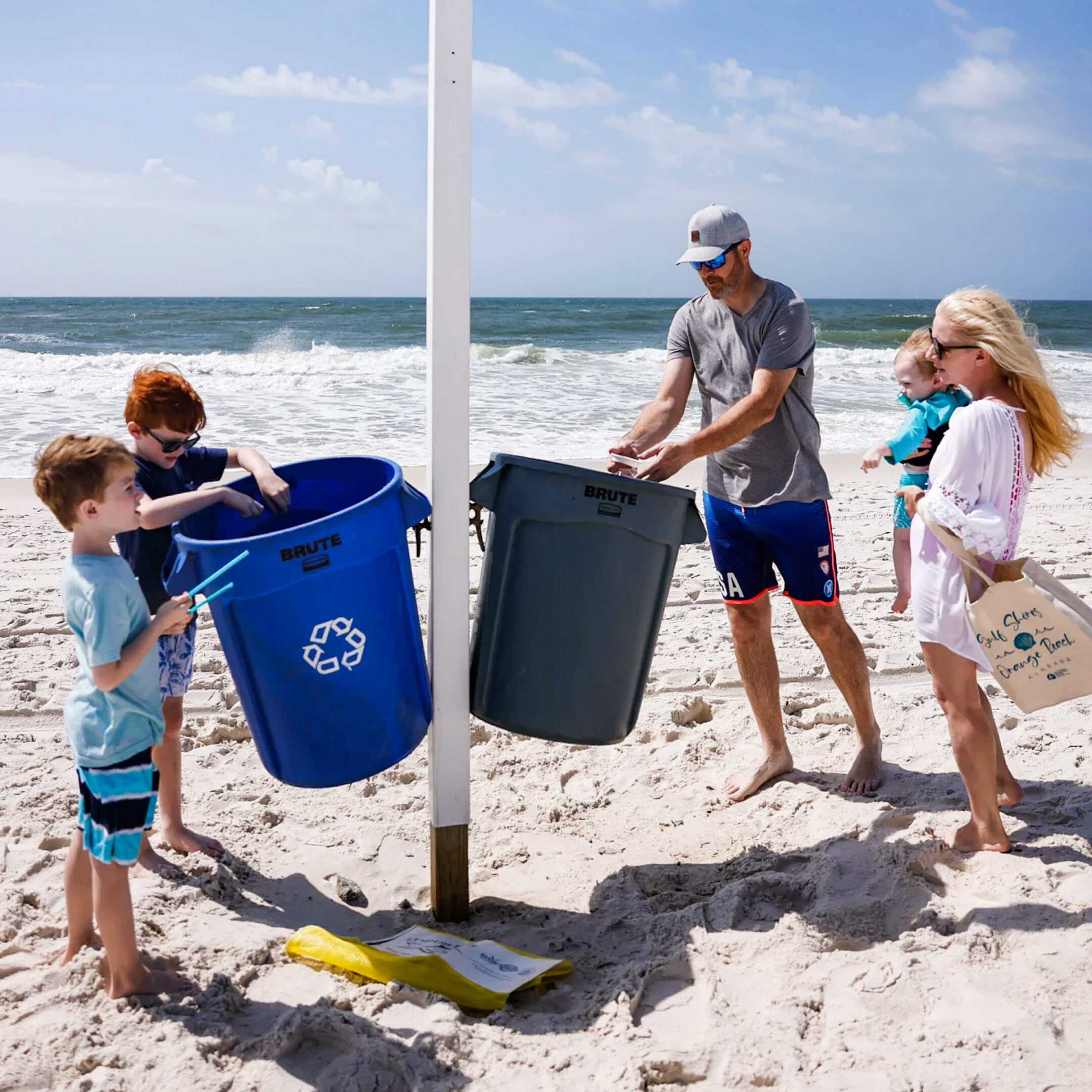
Responsible Recreation
Reduce your impact on people, wildlife, and the environment so our natural resources will remain beautiful and accessible for generations. Follow these guidelines:
- Plan ahead and be prepared
- Respect all wildlife
- Dispose of waste properly
- Leave what you find
- Travel and camp on durable surfaces
- Minimize campfire impacts
- Follow all posted regulations
- Observe, but do not touch cultural or historic structures
- Minimizing voices and noise, enjoy the sounds of nature
- Be considerate of others
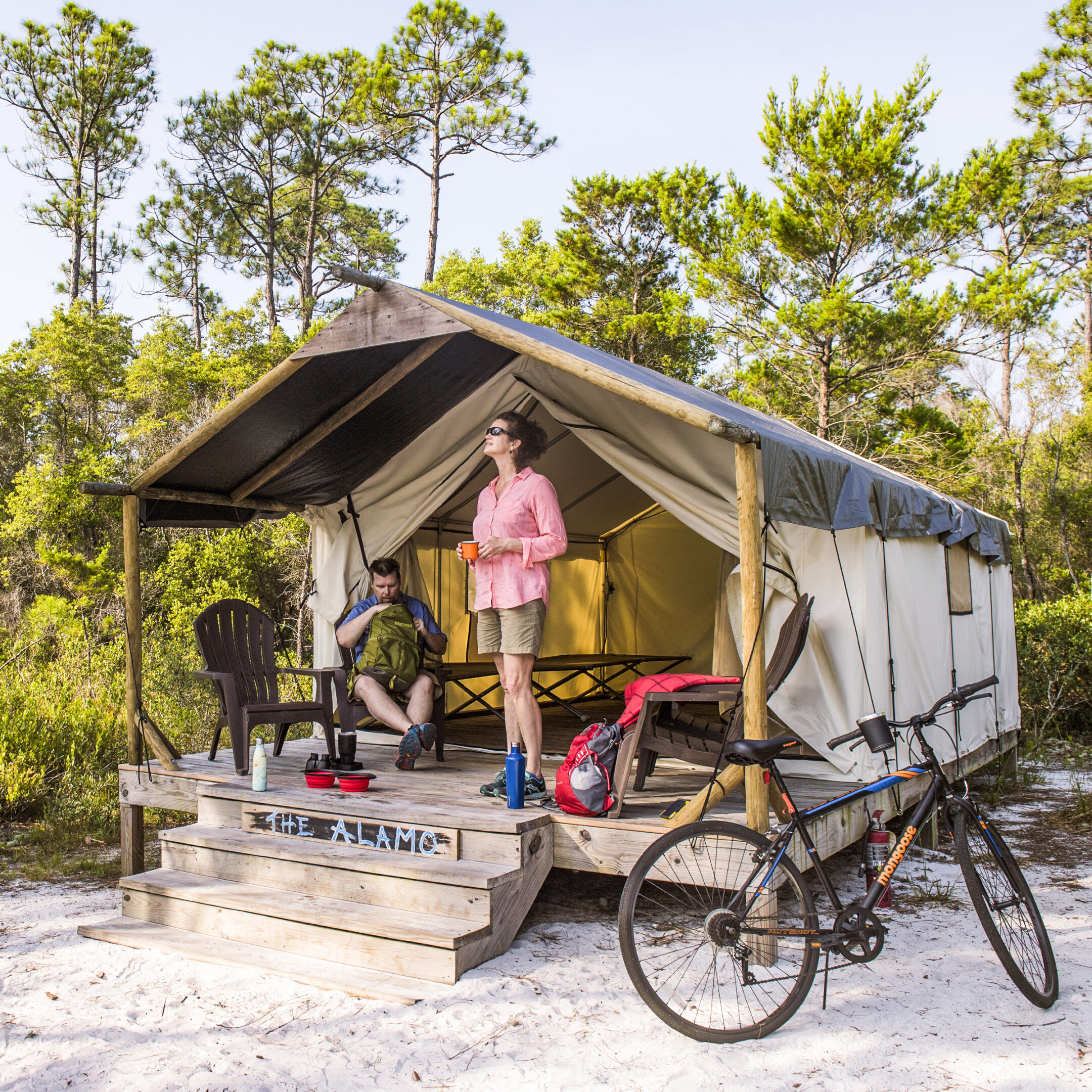
Weather
Coastal Alabama is a subtropical climate. The temperature rarely dips below 32°F or climbs above 96°F. Here’s what you can expect during each season.
SPRING (March-May)
Embrace nicer temperatures and blooming flora. Spring is an excellent time for ecotourism but be prepared for the occasional rain shower.
SUMMER (June-August)
Get ready for lots of humidity along with a higher chance of thunderstorms. Wear breathable clothes and use plenty of sunscreen. Also, note that June 1 marks the start of hurricane season each year.
FALL (September-November)
Enjoy nicer temperatures and lower humidity which is perfect for outdoor activities. Just keep in mind that hurricane season can linger into November.
WINTER (December-February)
Experience milder temperatures and significantly less humidity. Generally speaking, it’s a great season for hiking and observing wildlife though sudden cold snaps are possible.
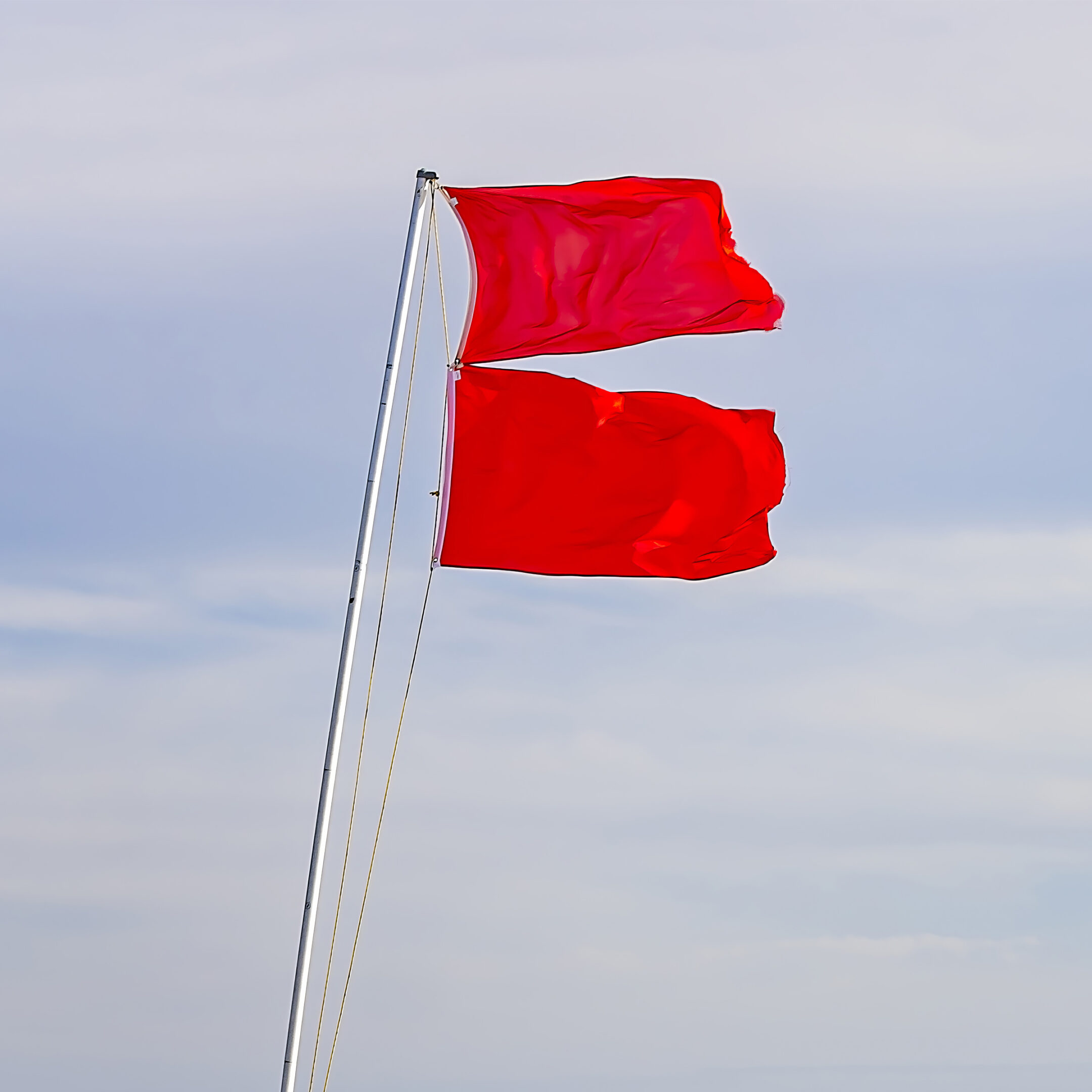
Beach Conditions
- Before heading out, check your beach destination online for current conditions to ensure you have a safe and fun experience.
- Beach flags are posted at all public beaches. Please remember that the absence of beach flags does not constitute safe swimming conditions.
-
-
Yellow: Medium Hazard
-
Red: High Hazard
-
Double Red: Water closed to the public
-
Purple: Dangerous marine life
-
-
Beware of rip currents, or high-power currents that flow away from the shore. These are most common around sand bars, piers, and jetties.
-
Identify a rip current by looking for calm places between waves or sandy areas of water close to the shoreline.
-
If you get caught in a rip current, follow the steps below:
-
-
Remain calm to conserve your energy.
-
Call for help toward the shoreline.
-
Swim parallel to the shoreline until you escape the current.
-

Protection
- The removal of sand, vegetation, or water is prohibited. Keep the natural ecosystem intact by avoiding the removal of shells, driftwood, or other items you may find during your explorations.
-
Keep the beach safe for wildlife:
-
If you dig a hole in the sand or come across a hole during your visit, fill it in to protect people walking along the beach as well as wildlife, such as sea turtles, that might get stuck.
-
If you come across a nest, or actively nesting animal, leave it undisturbed.
-
Avoid walking on or playing on sand dunes. Dunes act as a protective barrier from high winds, storm surges, waves, and tides. Plant roots hold the fragile dunes together.
-
-
Explore away from bird nesting areas. Human presence can frighten adult birds, causing them to leave their young unattended. Also, nests may be located in the ground and camouflaged to resemble the surrounding environment; you can easily step on them.
-
Dispose of all your garbage properly. You can even pick up others’ trash along the way. Fish, birds, sea turtles, and mammals can become entangled in fishing lines. Plastic bags floating in the water resemble jellyfish; sea turtles can mistakenly eat them.
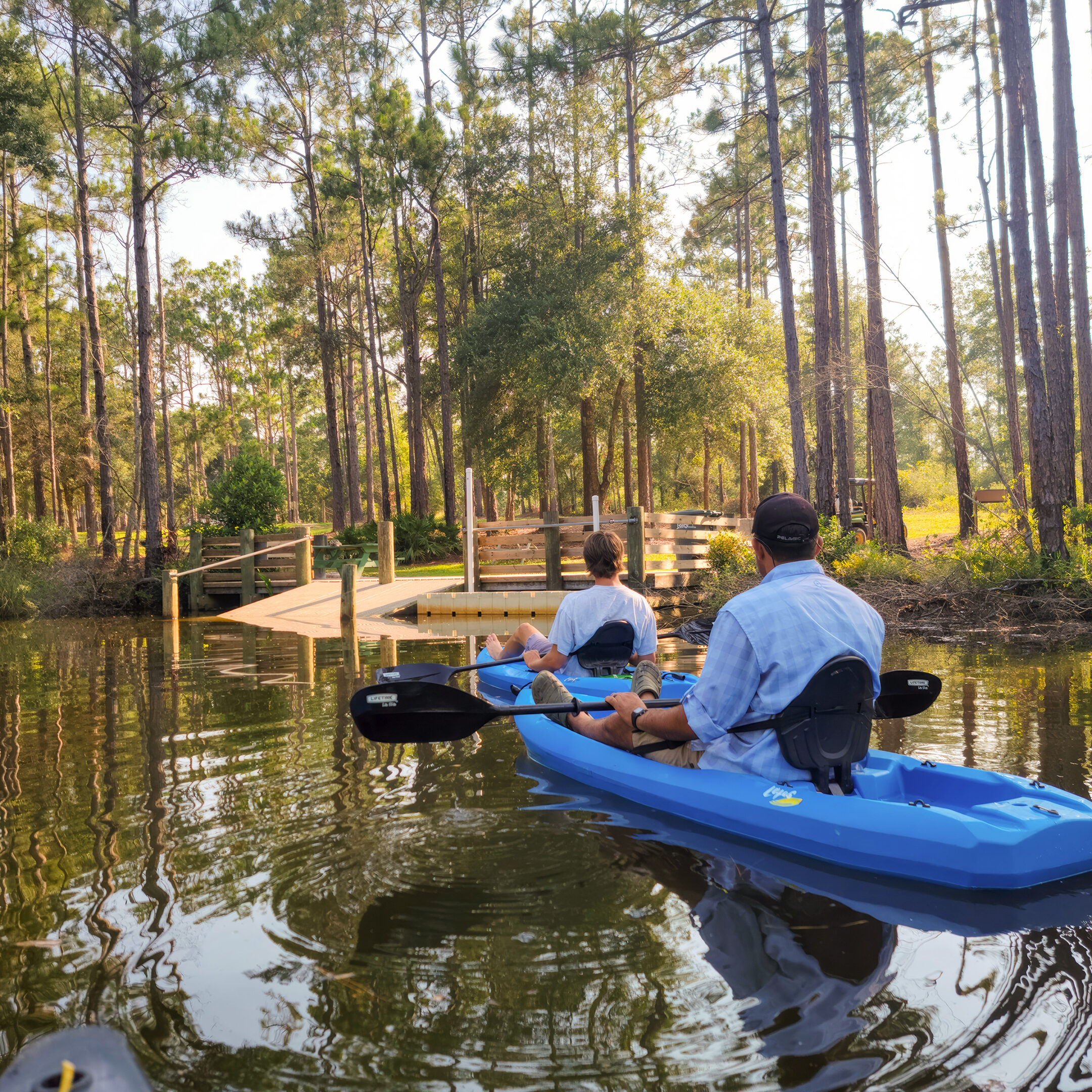
Be Prepared
SUN & HEAT
Avoid dehydration by drinking lots of water. Always use sunscreen and reapply at proper intervals based on the SPF.
BITING INSECTS
Be cautious of biting insects like mosquitoes, yellow flies, and sand flies. These insects are most active from April to September and are commonly found in areas with standing water, tall grass, or dense vegetation. Mosquitoes thrive in humid conditions, while sand flies are particularly prevalent in coastal and marshy regions. To reduce discomfort and prevent bites, wear long sleeves and pants, and use insect repellent approved by the EPA. Additionally, try to minimize outdoor activities during peak insect activity times, such as early morning and dusk.
Wildlife
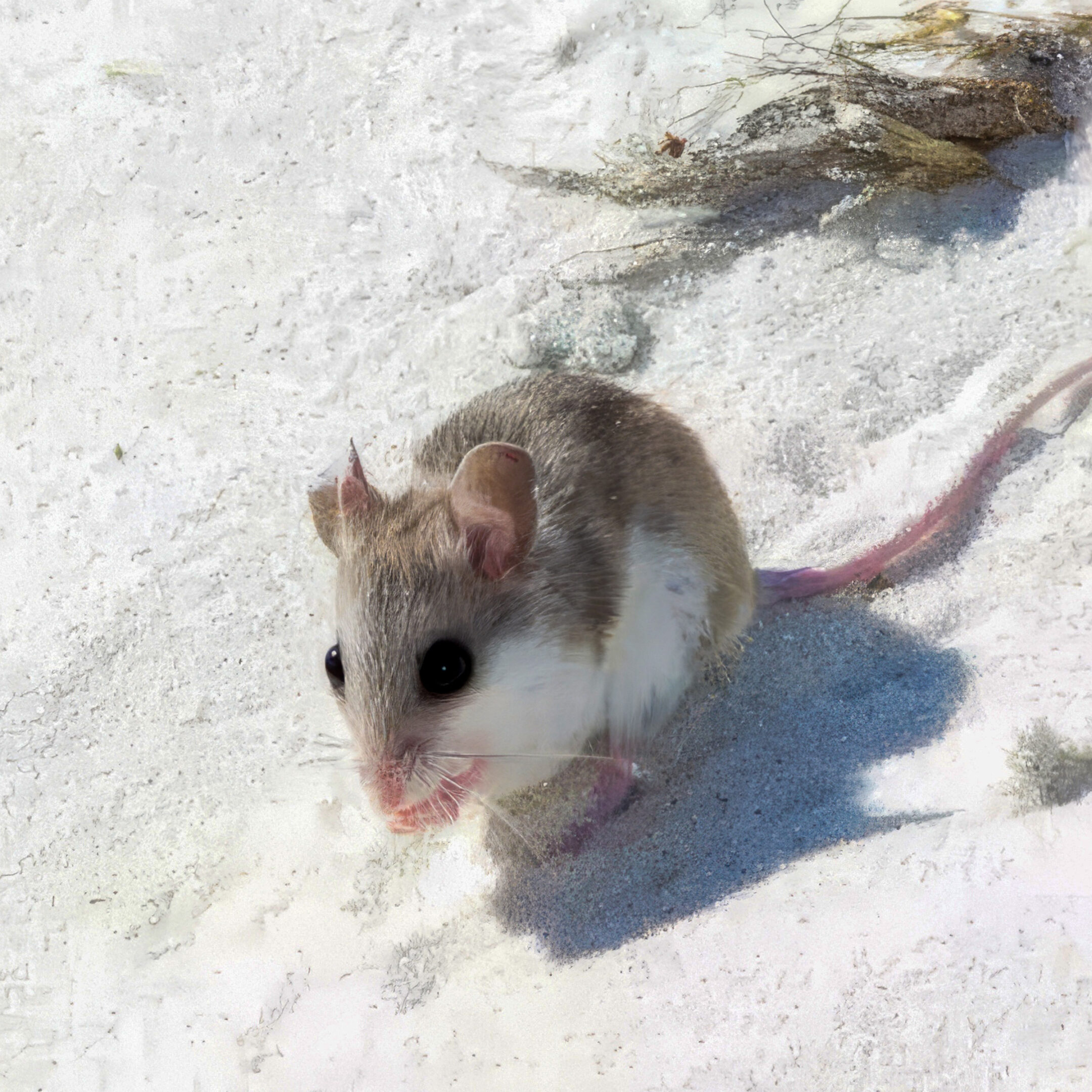
Alabama Beach Mouse
The Alabama beach mouse, which is at risk of extinction, plays a critical role in maintaining ecological balance. Nocturnal creatures, these mice help disperse seeds while searching for food at night, which enhances the variety of plants in sand dunes and keeps insect populations in check. Being an indicator species, their presence indicates the health of the environment, and any decrease in their numbers could signal potential environmental degradation. Threats to their habitat come from urbanization, sand extraction, and recreational activities. Fortunately, collaborative conservation initiatives involving government agencies, conservation organizations, scientists, and local communities are working to safeguard the species. The Alabama beach mouse can be seen at night along Romar Beach, the Pine Beach Trail, and in Gulf State Park.

American Alligator
American alligators exhibit behavior changes based on the seasons. They tend to be more active when the weather’s warmer and go into a form of hibernation or rest during colder periods. You can spot them in wetlands, estuaries, and along riverbanks and lake shores. Breeding usually occurs from spring to early summer with females constructing nests and laying eggs between June and July. The young alligators typically hatch in late summer. While not endangered, alligators face threats from habitat loss. Ensuring their preservation includes protecting and restoring their natural habitats, addressing threats like pollution, following regulations to minimize human-wildlife conflicts, and studying alligator behavior to understand their role in the ecosystem.
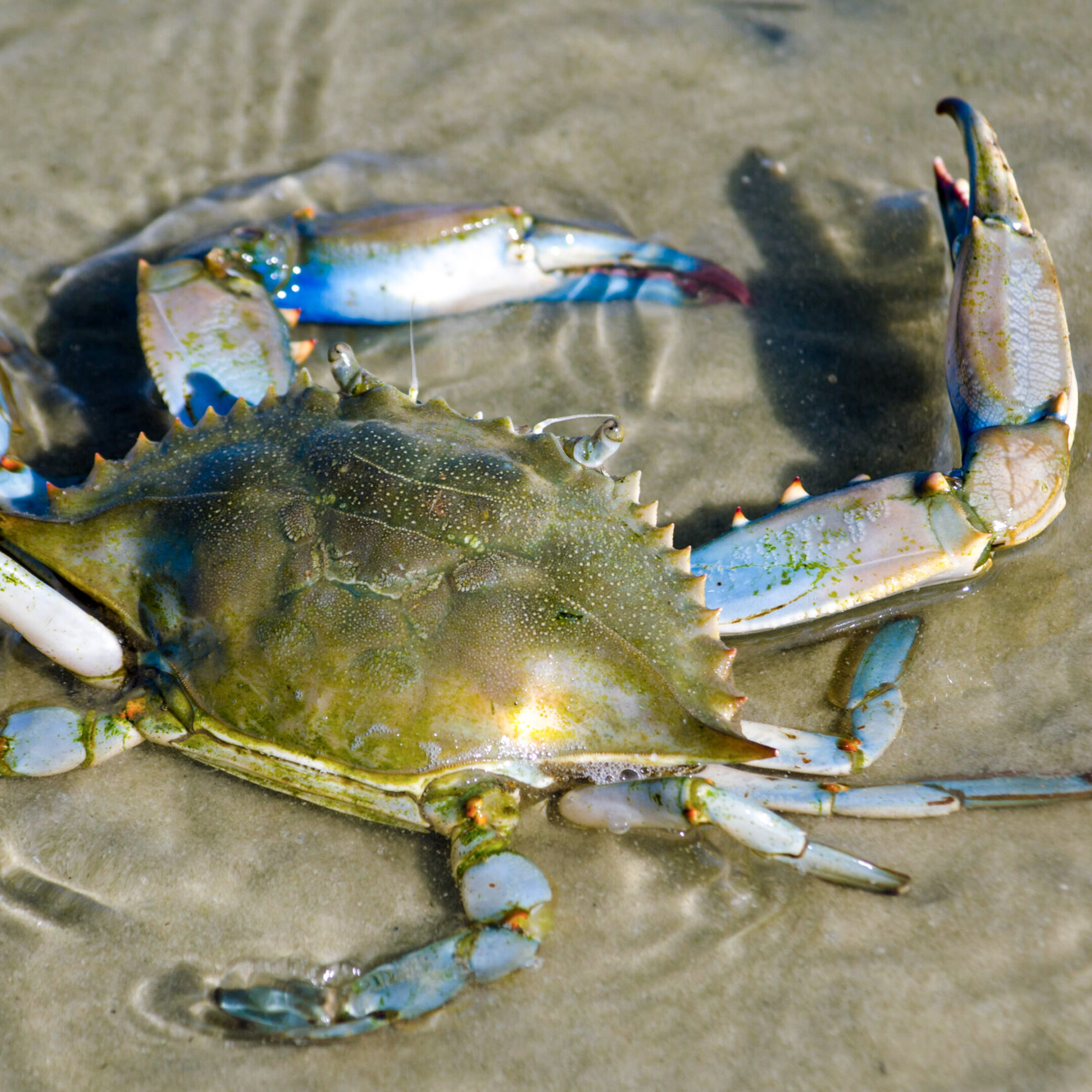
Blue Crab
Named because of their lapis blue legs and pincers, blue crabs are the most common crustaceans you’ll see along Alabama’s Gulf Coast. They are typically found in the area’s back bays during the summer months. One of the best ways to see them is to acquire a saltwater fishing license and go crabbing. Note that a license is required for all non-Alabama residents over the age of 15 even if you intend to catch and release.
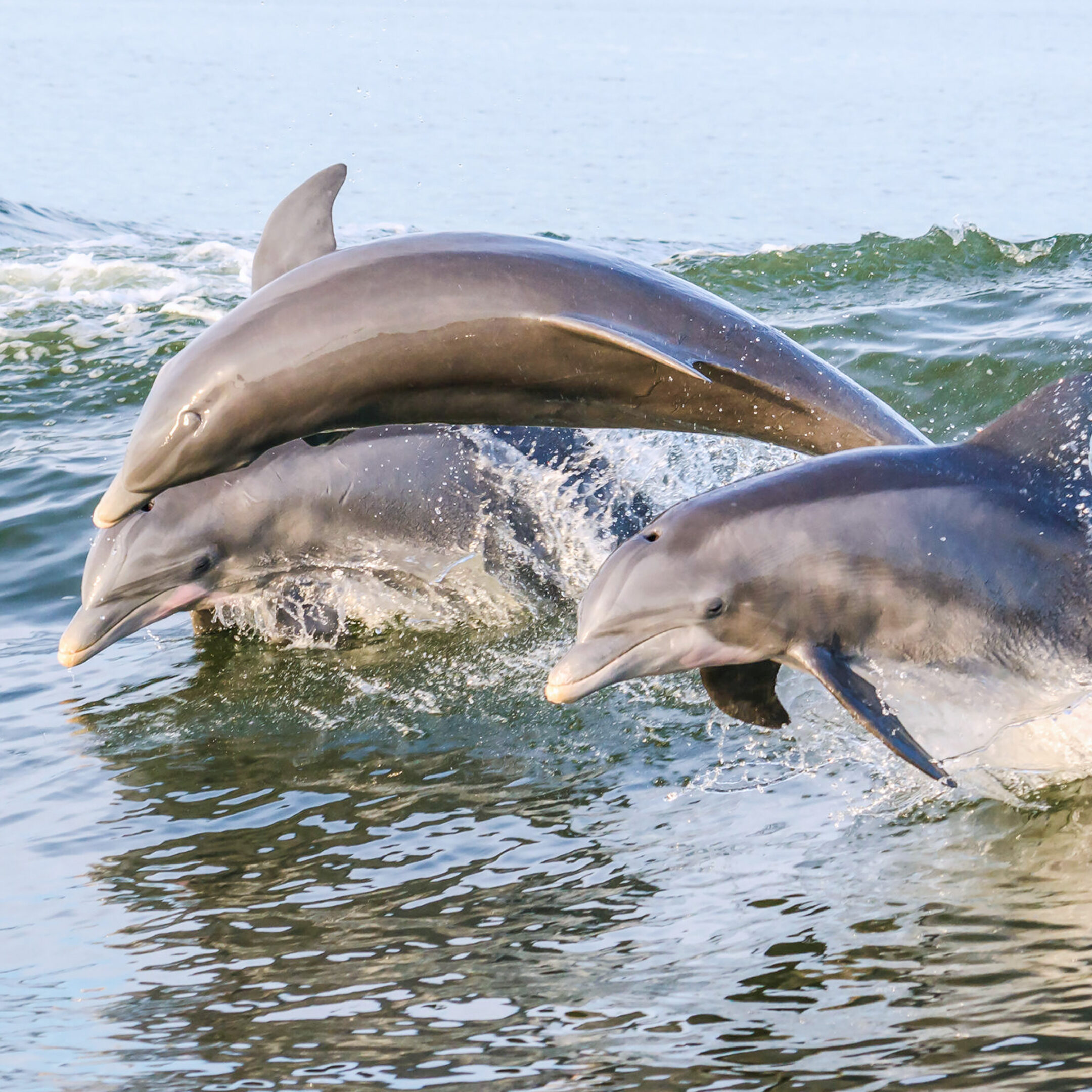
Bottlenose Dolphin
Many different types of dolphins play in the waters of the Gulf of Mexico and its nearby bays, but the bottlenose dolphin is the most prevalent. The bottlenose dolphin can be spotted in the Gulf, in Mobile Bay, and in the back bays close to Gulf Shores and Orange Beach. If you wish to catch a glimpse of these sea mammals along Alabama’s coastline you’ll need to venture out onto the water. The ideal time for dolphin watching is typically from spring to late summer from midday until sunset. Despite misconceptions, Dauphin Islands’ name reflects its historical origins rather than a direct association with the animal. The term “Dauphin” originates from the title for the heir apparent to the French throne signifying the island’s historic ties to French exploration.

Brown Pelican
Brown pelicans abound throughout Coastal Alabama, gliding above the surf, and keeping a watchful eye on the water below. You’ll know when these birds spot something that looks promising to eat because they will dive-bomb into the water. Hitting the water at full speed, the brown pelican will fill its throat pouch with more than two gallons of water and small fish such as herring that live near the surface. The bird will then drain the water from its pouch and let the fish slide down its throat.

Jellyfish
Jellyfish play roles in the ocean ecosystem as both predators and prey. They consume plankton and small fish while also being preyed upon by larger sea life such as sea anemones, sea turtles, and certain types of fish. Along the coast of Alabama, you can find species like the Moon Jellyfish, known for their see-through bodies shaped like bells and short tentacles that sting, and Lions Mane Jellyfish, which are bigger and have long tentacles. The population of jellyfish tends to fluctuate with the changing seasons. Jellyfish colonies thrive more when water temperatures rise and food becomes more plentiful in late spring, to early fall. Some jellyfish sting, some don’t–the best thing to do if you see a jellyfish is to leave it alone to avoid unwanted stings or discomfort.

Monarch Butterfly
The majestic monarch butterfly migration showcases the vibrant colors of butterflies like never before. Similar to birds, monarch butterflies migrate south for warmer weather during the winter months. Every September and October, you can witness the butterflies crossing the Alabama coast, including Orange Beach, as they embark on their 3,000-mile journey to more suitable climates. In March and April, they make the return trip.

Sea Turtle
Alabama’s sea turtle nesting and hatching season spans from May to October. The prime time for observing these animals is from July to October approximately two months after the female sea turtles lay their eggs in sandy nests along the beach. After incubation, the hatchlings emerge and head for the Gulf. It’s worth noting that adult females and hatchlings are most active on the beaches at night as it reduces their vulnerability to predators. If you’re planning a beach visit at night be sure to bring a red light flashlight, not a white light. Red light is significantly less intrusive to sea turtles and other coastal wildlife. Your thoughtful actions play a role, in safeguarding this endangered species and upholding the delicate equilibrium of our coastal environment.
The Jubilee Phenomenon
A Jubilee occurs when specific conditions align, causing bottom-dwelling marine life like crabs, shrimp, and flounder to rise to the surface and crowd the shallow waters near the shore. The event is believed to be triggered by a combination of factors, such as low dissolved oxygen levels in deeper waters, a sudden influx of cooler, oxygen-poor water, and specific wind patterns that push low-oxygen water toward the shore. As the oxygen levels in the deeper parts of the bay decrease, marine life moves towards the surface and closer to the shore, seeking oxygen-rich water.
Jubilees are rare. So rare in fact, they occur in only two places in the world—Tokyo Bay in Japan, and Alabama’s own Mobile Bay. Jubilees can range anywhere from 500 feet in length, to 15 miles, and traditionally are found on the Eastern Shore from Daphne to south of Point Clear.
Jubilees demonstrate how marine life responds to changes in the environment. It also highlights the intricate relationship between atmospheric conditions, water chemistry, and wildlife behavior.